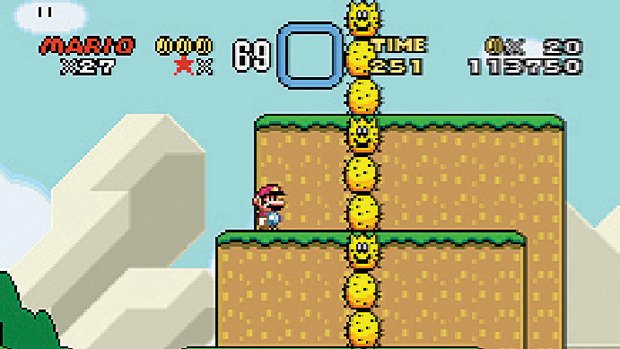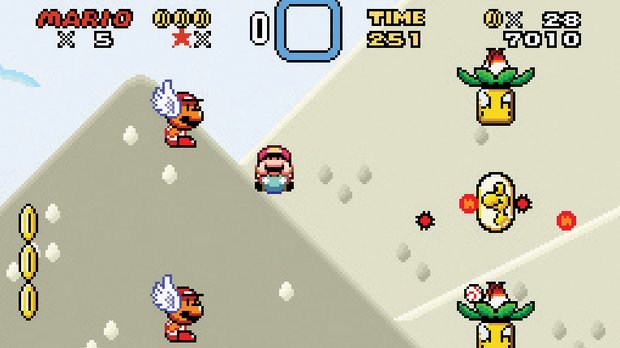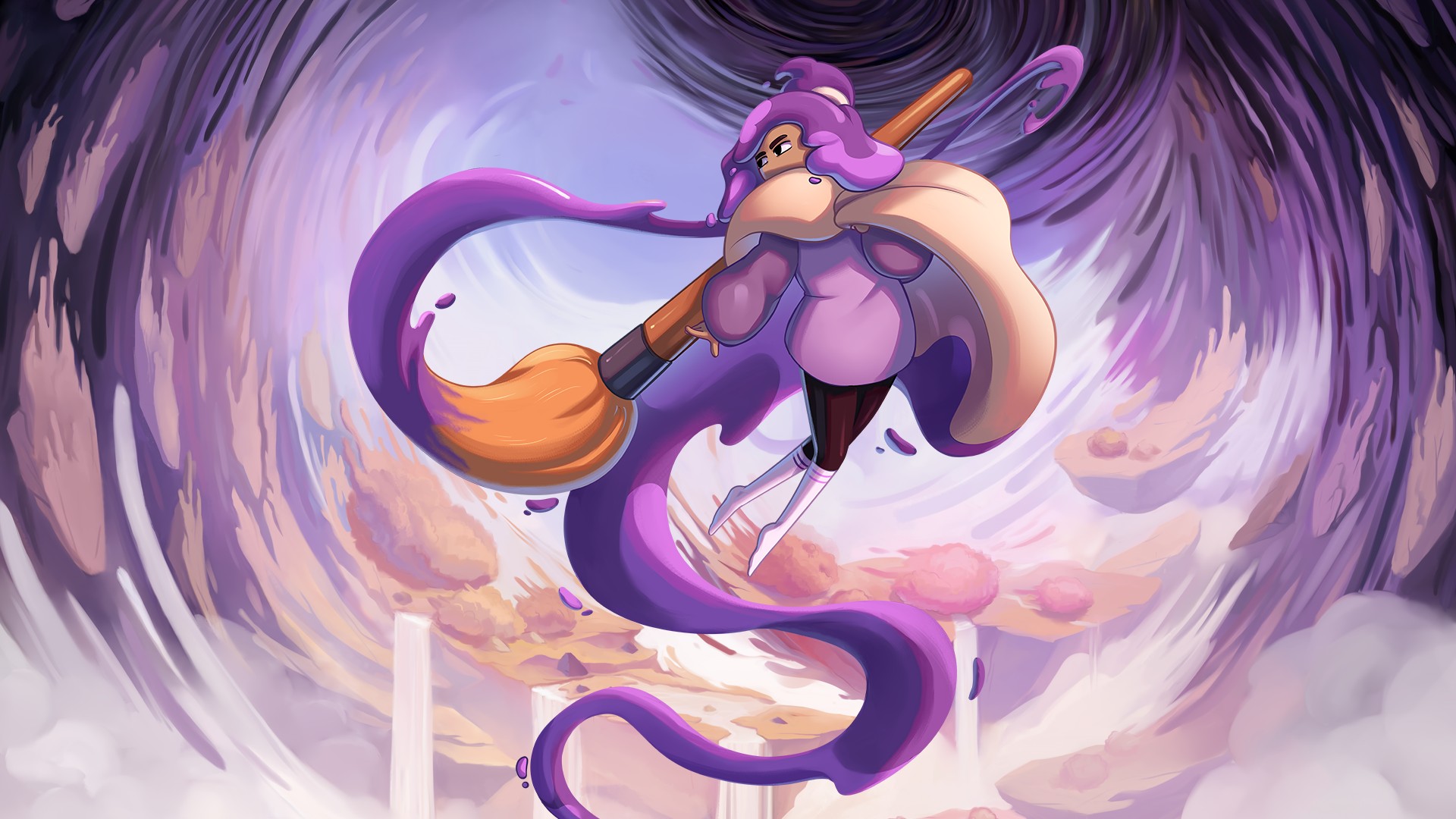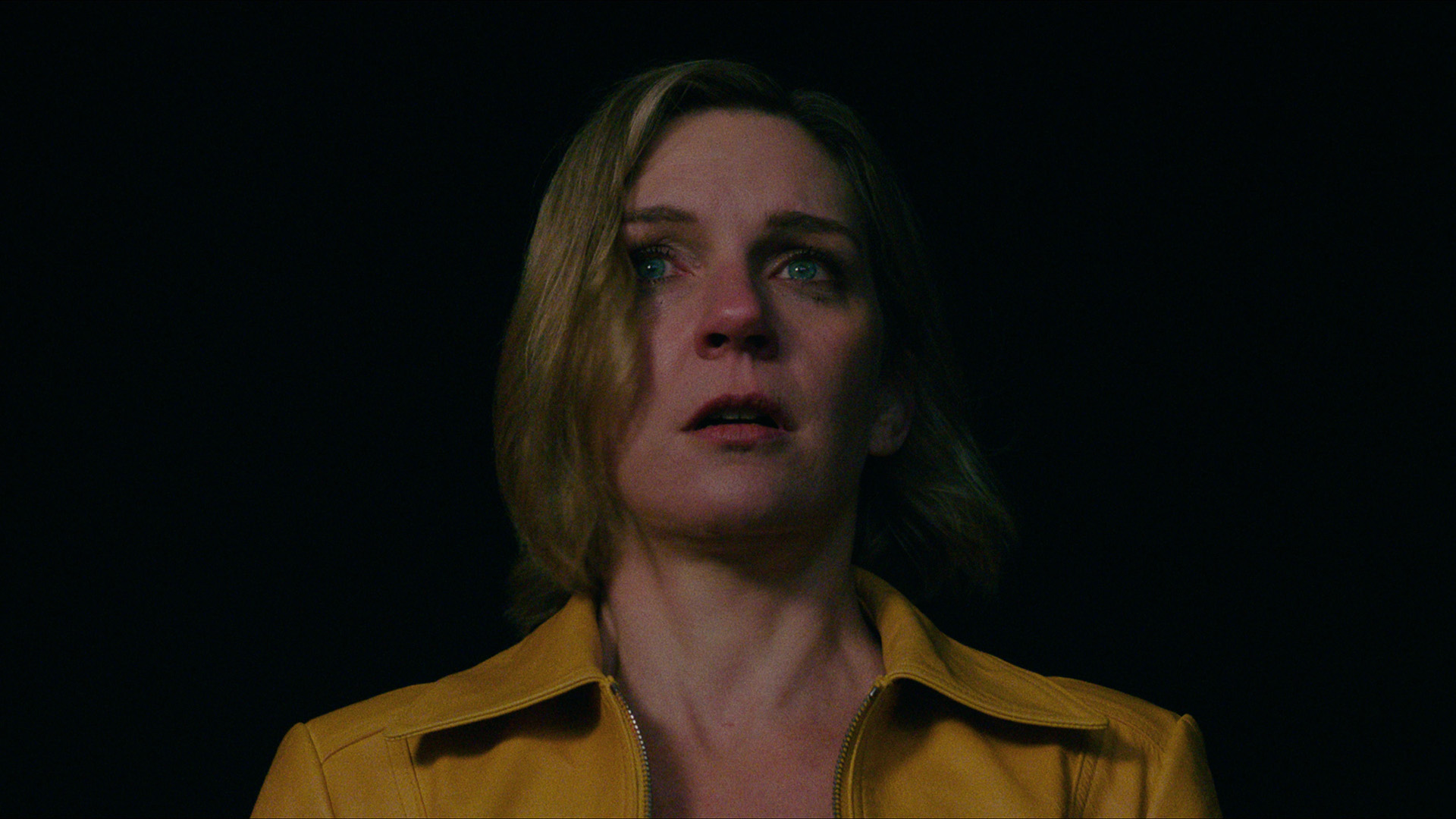Even in its earliest days, when movement was restricted from left to right, the Super Mario Bros series went out of its way to reward adventurous explorers. Super Mario Bros 1’s famous ‘peg it across the ceiling’ trick, as an example, is the stuff of legend. There are prehistoric microbes buried underneath the Siberian permafrost that know of it, but just for posterity, here’s the skinny. The shortcut occurs right at the end of level 1-2, or ‘the underground one’. Take the final lift to the top of the screen and hop onto the ceiling of the stage itself – where life counters and high-scores dwell – and Mario could scoot straight over the end-of-level pipe to a Secret Zone that enabled our pixelated plumber to jump to a future level of his choosing.

Tricks such as this captured the imagination because these games existed in an era before memory cards, save states or ‘clouds’, when players were expected to complete an entire game in a single, marathon sitting. Exploits that would enable you to bypass chunks of already mastered game were well worth hunting out. So, when the SNES swished in with its fancy-pants battery-back up cartridges, you could have been forgiven for thinking that Mario would knock the adventuring on the head. On the contrary: Super Mario World was the most secret-laced entry in the series by far. The dawn of savable games saw a sea change in the way Mario approached secrets: now, players must seek out more challenges, rather than fewer.
Secret exits define the game. Talk Super Mario World and you’re talking world-altering Switch Palaces, reuniting keys with keyholes, hidden exits suspended in the clouds. While there were still shortcuts, uncovering hidden gates more often than not offered no practical benefit. Exploration was effectively its own reward and the game’s success in making you want to poke Mario’s ’tache into every last nook and cranny could be attributed to the now-famous world map screen. Revisited between stages, this linked the game’s various abstract stages together into a cohesive world with a sense of time, place and journey as you traced Mario’s progress from Yoshi’s Island to Donut Plains to the dark, delicious Vanilla Dome and beyond.

New exits yielded discoveries, as previously immovable trees and rocks would fall to be replaced by pathways that opened up new stages. So endearing was the land Super Mario World placed you in that you would willingly fling yourself under a Thwomp if you felt it would expand its borders, even by a little bit. Unearthing all those hidden exits was a challenge of mental, as well as manual, dexterity. Swooping underneath the Cheese Bridge to find the stage’s second exit is arguably the biggest ‘eureka!’ moment in any game. When so many developers’ idea of a puzzle is having you bomb funny coloured pieces of wall, it was refreshing to pit your wits against a worthy adversary.
Super Mario World also knew how to reward the most ingenious and persistent of treasure-hunters. Players following the paper-trail of hidden areas would invariably end up at the Star World via one of five entry points. This was a collection of short, sharp stages where players could get their mitts on Yoshis of all kinds of exotic flavours – each with subtly different properties – and once tamed, they could take them with them on their journey.

Had things had stopped here, the Star World would have been an exciting discovery, but the more you pulled the game apart, the more you’d find underneath. Each of these secret stages had within them another hidden exit, linking the stages together and enabling players to skip to later parts of the game. Discover the super-duper mega-secret exit at end of Star World 5, though, and you’d finally get to the very end of the conga line of secrets, the Special World.
Unlike the Star World, there was no bounty of goodies hidden here, just some good, honest, tough-as-nails platforming challenges dressed up with such none-more-1990s monikers as Gnarly and Mondo. You’d have to scour around The Lost Levels’ final moments to find levels as spiteful as these; the snow-capped ‘Awesome’ stage took slippy-slidey ice levels to their absurd conclusion, consisting almost entirely of tiny angular slopes that had to be navigated while an off-screen cannon pinged Bullet Bills at your head.
Weekly digests, tales from the communities you love, and more

The unfeasibly long Outrageous would have been a nightmare, had you all the time in the world to navigate its Hammer Bros. gauntlet, so a 300-second time limit just seemed sadistic. Then there was Tubular, which was possibly the hardest of them all, in which you had to inflate Mario with helium and steer him around Koopa Troopa bullet hell. Complete the lot and you’d be dumped back at the beginning of the game, except with one, final twist: the World Map you’d spent hours cultivating and familiarising yourself with had now changed seasons from spring to autumn, bringing a palette change and re-skinned foes.
In Super Mario World, more than any other game, the impossible seemed possible. Any pipe might have opened up the door to a different dimension. That’s why it was so gripping to explore and why national newspapers dedicated a weekly column to uncovering its secrets. A game coming down the pipe today couldn’t have the same impact; today’s wisdom is imparted through gobby YouTube videos, rather than through playground chatter or lore.
The must-try-this aspect made Super Mario World feel like a little world encased inside a big grey cartridge. Exploration is still a core principle of Mario games, but digging around for Star Coins or Stamps feels formulaic compared to hunting for a whole new world on a faraway star. Mario’s game have come a long way since the SNES era in many respects, but they have yet to bring out the adventurer that lies within us all with the same passion as Super Mario World.



